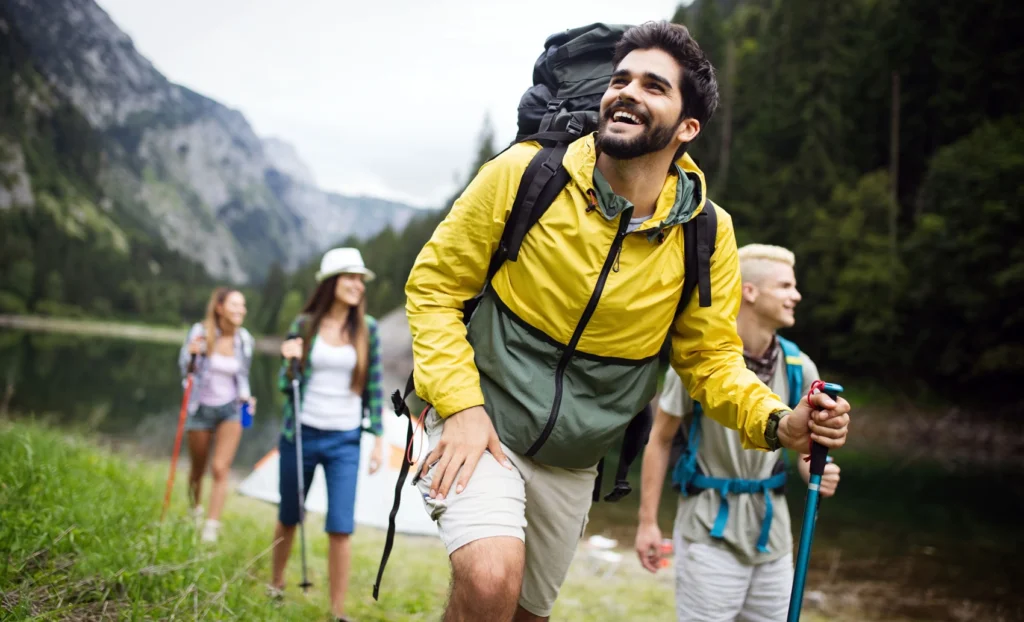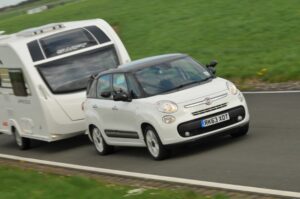Introduction: Brief overview of Western Australia and its attractions for motorhome travelers.
Western Australia, covering the entire western third of the country, is a vast expanse of diverse landscapes, from sun-kissed beaches to rugged outback terrains. Its capital, Perth, boasts a vibrant urban scene, but as one ventures out, the true beauty of untouched nature, unique wildlife, and ancient indigenous cultures unfold. The state’s sheer size and the variety of experiences it offers make it a haven for explorers, especially those traveling by motorhome.
Motorhome travel in Western Australia offers the freedom to explore at one’s own pace. Whether it’s the pristine Coral Coast, the wine regions of Margaret River, or the remote Kimberley, there’s a sense of adventure waiting around every corner. The flexibility of a motorhome allows travelers to wake up to a different view every day, be it a beach sunrise or a desert sunset, making every journey truly unique.
Benefits of Motorhome Travel: Why Western Australia is a prime destination for motorhome enthusiasts.
Motorhome travel offers an unparalleled sense of freedom and flexibility. Unlike traditional travel methods, motorhomes allow travelers to carry the comforts of home with them. There’s no need to pack and unpack at every destination, and one can decide on a whim to stay longer at a spot they love or move on if the weather turns. This mode of travel is particularly suited to Western Australia’s vast landscapes, where attractions can be spread out and where nature’s beauty often lies in the journey as much as the destination.
Western Australia’s diverse landscapes are a motorhome traveler’s dream. From coastal drives along the Indian Ocean to the rugged terrains of the Outback, every route offers a unique experience. The state’s well-maintained roads and abundance of campgrounds make it easy for travelers to find spots to rest and rejuvenate. Moreover, the local communities are welcoming, often offering insider tips on hidden gems that aren’t on typical tourist maps.

Legal Framework: A deeper dive into the rules and regulations governing motorhome parking.
The Western Australian government has established specific rules and regulations for camping and caravanning, which includes motorhome parking. While the state is generally camper-friendly, the rules can sometimes be intricate. For instance, camping in national parks is regulated because these areas are considered nature reserves and often have historical or cultural significance. It’s essential for travelers to be aware of these regulations to avoid fines and to ensure they’re camping in permitted areas.
Motorhome parking, in particular, is limited to designated areas. These areas are clearly marked, and if travelers violate these restrictions, they could face penalties. However, there are provisions for parking in rest areas, campgrounds, and even on unmanaged unallocated land, provided one has the landowner’s permission. In cases of emergencies or fatigue, pulling over safely without causing obstruction is allowed, but it’s crucial to ensure the safety of oneself and others.

Detailed Guide to Free Parking Spots: Expand on the locations mentioned, possibly adding more lesser-known spots.
Free motorhome parking spots are scattered throughout Western Australia, catering to the increasing number of travelers opting for this mode of exploration. One such spot is the Ocean Drive Bunbury in the southwest, renowned for its proximity to the Bunbury Dolphins. Here, travelers can avail amenities like beach showers, BBQ facilities, and picnic tables, with a maximum stay of up to 48 hours. Another notable location is the Galena Bridge campsite, perfect for beach enthusiasts and those keen on water activities.
While popular spots like Mambi Island and Betty’s Beach offer unique experiences, there are numerous lesser-known locations that motorhome travelers can explore. For instance, the Viveash Reserve in Katrine, close to Perth, provides a serene environment for relaxation. Although swimming or fishing isn’t permitted, it’s an excellent spot for bird-watching and enjoying nature. Drakesbrook Weir, located east of Waroona, is another hidden gem where travelers can indulge in activities like swimming, canoeing, and bushwalking.
Safety and Etiquette: Tips on how to park safely, respect local communities, and leave no trace.
Safety should always be a priority when traveling, especially in a motorhome. Given their size, motorhomes require larger parking spaces, and it’s crucial to ensure they’re parked in a manner that doesn’t obstruct traffic or pose any risk. When parking in nature reserves or near wildlife habitats, travelers should be cautious not to disturb the environment or the animals. It’s also essential to be aware of potential hazards, such as crocodiles near inland rivers or wild animals in bush areas.
Etiquette is equally important. Respecting local communities and their customs goes a long way in fostering positive interactions. This includes seeking permission when parking on private property and ensuring one doesn’t leave behind any litter. The principle of “leave no trace” should be adhered to, ensuring that the natural beauty of Western Australia is preserved for future generations to explore and cherish.

Resources for Motorhome Travelers: Mention more apps, websites, and local resources that can help travelers find parking spots.
In today’s digital age, motorhome travelers have a plethora of resources at their fingertips to aid their journey. Apps like Travellers Autobarn, CamperMate, and WikiCamps are invaluable tools that provide information on free parking spots, campgrounds, and other essential amenities in Western Australia. These apps often come with user reviews, which can give travelers a better idea of what to expect and any potential challenges they might face at a particular location.
Apart from apps, there are numerous websites and forums dedicated to motorhome travel in Australia. Websites like the Australian Caravan Club or the Campervan & Motorhome Club of Australia offer a wealth of information, from travel tips to detailed guides on specific routes. Local tourist information centers in Western Australia can also provide brochures and maps highlighting motorhome-friendly spots, ensuring travelers have all the resources they need for a smooth journey.
Testimonials: Share experiences from other motorhome travelers who have explored Western Australia.
Hearing firsthand experiences from fellow motorhome travelers can be both insightful and inspiring. For instance, a family from Melbourne shared their three-week journey through Western Australia’s Coral Coast, emphasizing the unparalleled beauty of Ningaloo Reef and the thrill of swimming with whale sharks. Their testimonial highlighted the convenience of motorhome travel, allowing them to spontaneously decide to stay an extra day in Exmouth to explore the reef further.
Another couple, seasoned motorhome enthusiasts, recounted their adventure through the Kimberley region. They spoke of the rugged terrains, the ancient indigenous rock art, and the challenges of navigating some of the more remote areas. Their story underscored the importance of preparation, from ensuring their motorhome was equipped for off-road travel to carrying extra supplies. Such testimonials not only offer practical advice but also capture the essence of the adventure that awaits in Western Australia.
Potential Challenges: Discuss any challenges motorhome travelers might face and how to overcome them.
Motorhome travel, while offering unparalleled freedom, comes with its set of challenges, especially in a vast and diverse region like Western Australia. One of the primary challenges is the sheer distance between destinations. Given the state’s size, travelers need to plan their routes carefully, ensuring they have enough fuel and supplies, especially when venturing into more remote areas.
Another challenge is the unpredictable weather. Western Australia’s climate varies from tropical in the north to temperate in the south. Travelers might encounter heavy rainfall, especially in the Kimberley during the wet season, making some roads impassable. It’s crucial to check weather forecasts and road conditions regularly. Additionally, while free camping spots are abundant, they might not always offer the amenities of a paid campground. Travelers need to be prepared for a more rustic experience at times, ensuring they have adequate water and waste disposal facilities.
Conclusion: Sum up the benefits of motorhome travel in Western Australia and encourage responsible exploration.
Western Australia, with its vast landscapes and diverse ecosystems, is a dream destination for motorhome travelers. The state offers a unique blend of adventure and relaxation, from the bustling urban life of Perth to the serene beauty of the Outback. Traveling by motorhome allows individuals to immerse themselves in this beauty, offering a home on wheels that can be parked amidst nature, under a canopy of stars.
However, with the freedom of motorhome travel comes the responsibility of preserving the pristine nature of Western Australia. Travelers are encouraged to adopt sustainable practices, respect local communities, and ensure they leave no trace behind. By doing so, they not only ensure their safety and enjoyment but also contribute to keeping Western Australia’s beauty intact for future generations to explore and cherish.



